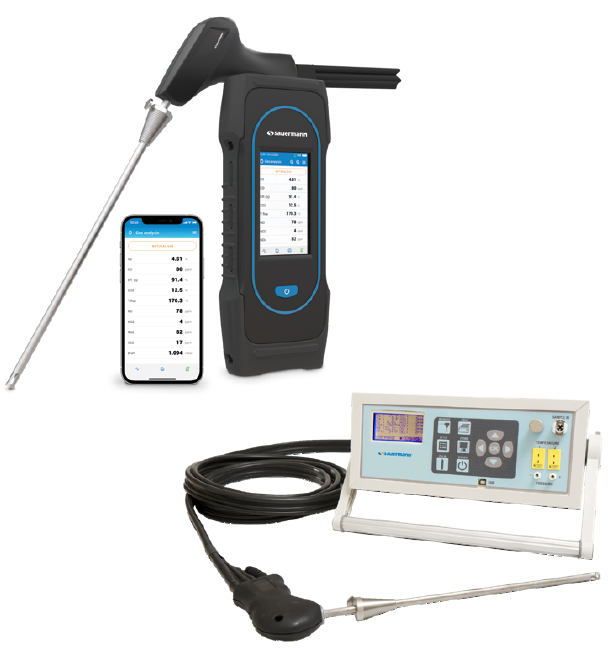Why Air Quality specialist should measure for Sulphur Dioxide (SO2) in homes & offices

What is Sulphur Dioxide? (SO2)
Sulphur Dioxide (SO2) is a highly reactive gas that is part of a larger group of sulphur oxides or SOx gases. According to the U.S. Environmental Protection Agency, the largest sources of SO2 emissions are due to “fossil fuel combustion at power plants (73%) and other industrial facilities (20%)”.
Although residents in homes and offices at or near the “fenceline” of power plants and industrial facilities are most at risk of SO2 exposure, the toxic gas can be leaked within any building. Common sources of SO2 in homes or offices can include tobacco smoke, improperly vented gas appliances, oil furnaces, kerosene heaters, wood or coal stoves, automobile exhaust from attached garages and malfunctioning chimneys.
Adverse Health Effects of Sulphur Dioxide (SO2) Exposure
According to the Health and Safety Executive (HSE), the workplace exposure limit for SO2 should not exceed 0.5 ppm (13 mg/m3) over an 8-hour period. However, SO2 levels as low as 0.25 ppm have been shown to cause respiratory discomfort in vulnerable populations such as asthmatics and those with respiratory concerns*.
Exposure to SO2 can lead to a variety of negative health issues. At low concentrations, SO2 can cause irritation of the nose and throat, difficulty breathing, and respiratory distress. Long term exposure to even low levels of sulphur dioxide can cause lung function to deteriorate, aggravate existing heart disease and increase complications for people with asthma. Exposure to high levels of SO2 can be life threatening even during short term exposure.
| Concentration | Effects |
| < 0.25 PPM Good | Should produce minimal health effects or occupant complaints |
| 0.25 to < 5 PPM Marginal | Could produce some negative health effects, especially among asthmatics and those with respiratory issues |
| > 5 PPM Critical | Likely to cause serious health effects or discomfort among all populations |

Monitoring Solution: Si-CA 230 & Si-AQ Expert Indoor Air Quality Monitors
The measurement of the concentration of SO2 commonly found in indoor environments can be performed using the Sauermann Si-CA 230 Portable Gas Analyser and the Si-AQ Expert IAQ monitor.
These specialised monitoring instruments utilise the latest sensor technology that allow air quality analysts, environmental safety companies, laboratory technicians, etc., to quickly and accurately monitor the levels of dangerous SO2 present in the breathing environments of homes, office building, laboratories, or industrial facilities.
These monitors include software with real-time continues data logging, wireless connection, and can be customised to monitor up to 11 different parameters relevant to indoor air quality.
*Toxic Substances Portal: Sulphur Dioxide. Agency for Toxic Substances Disease Registry. United States Centers for Disease Control.
